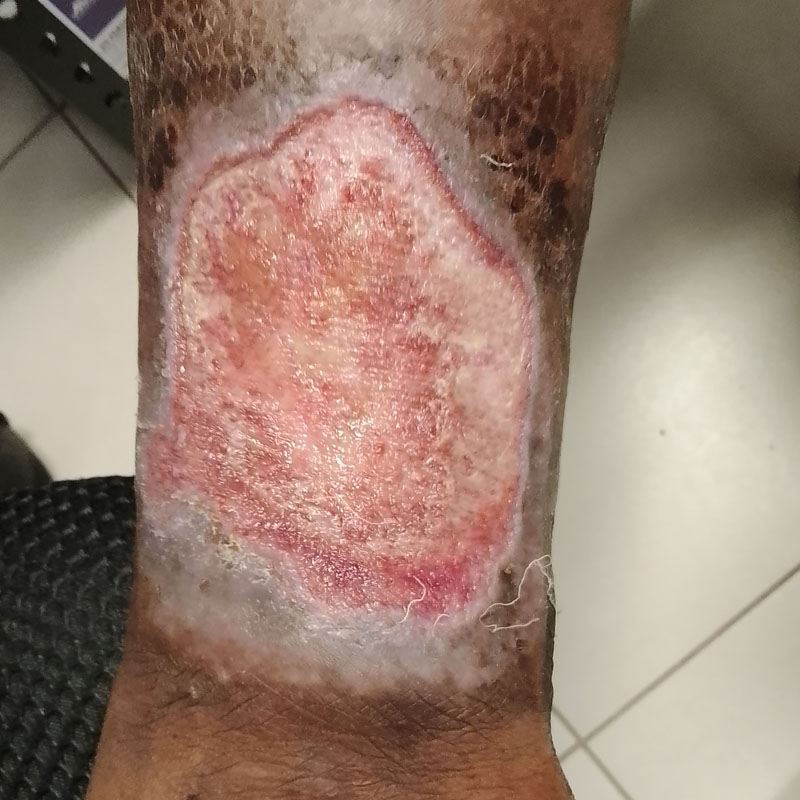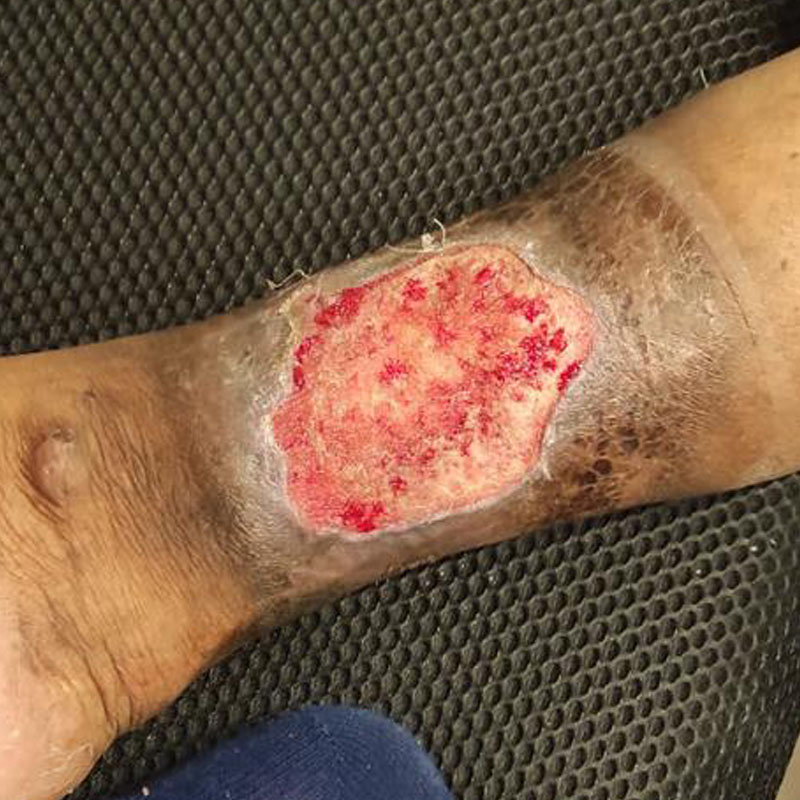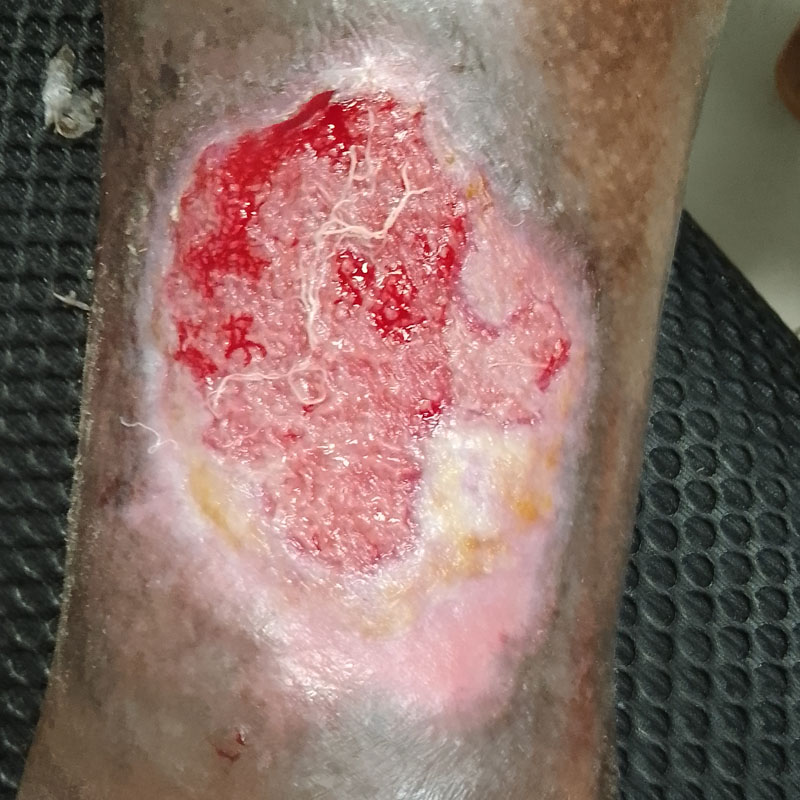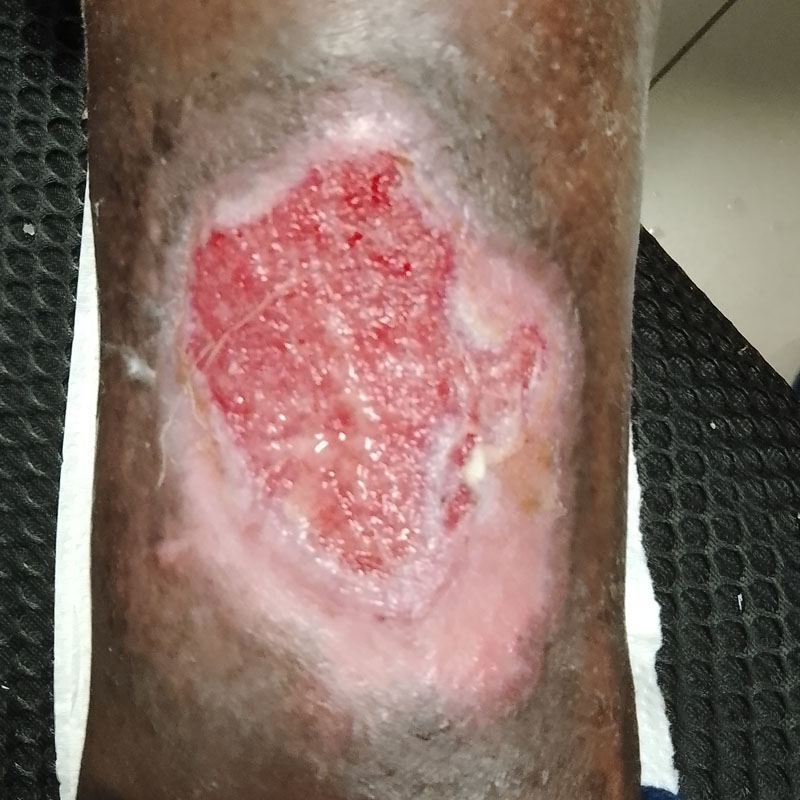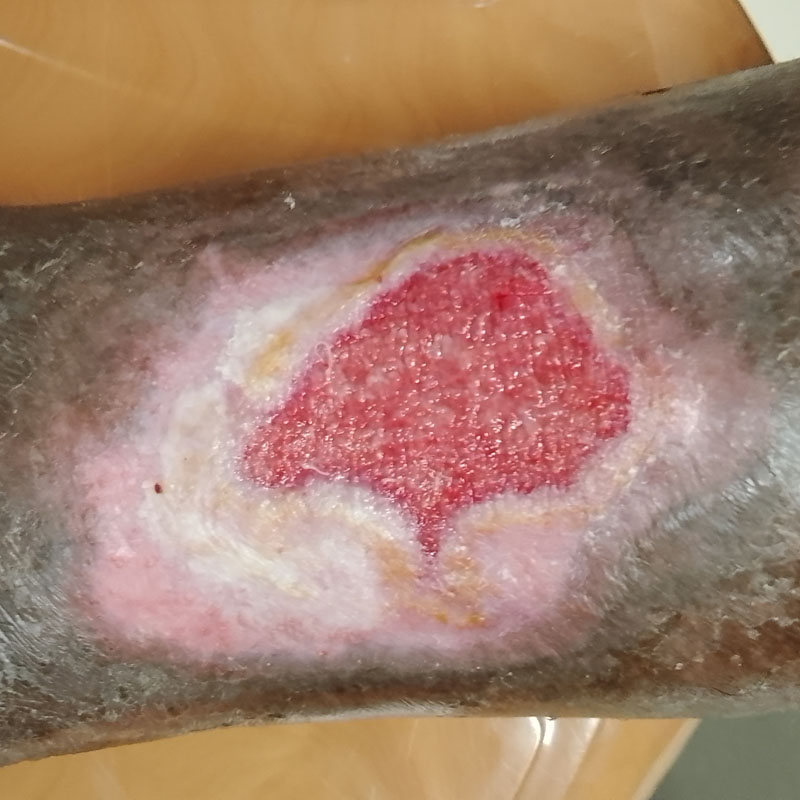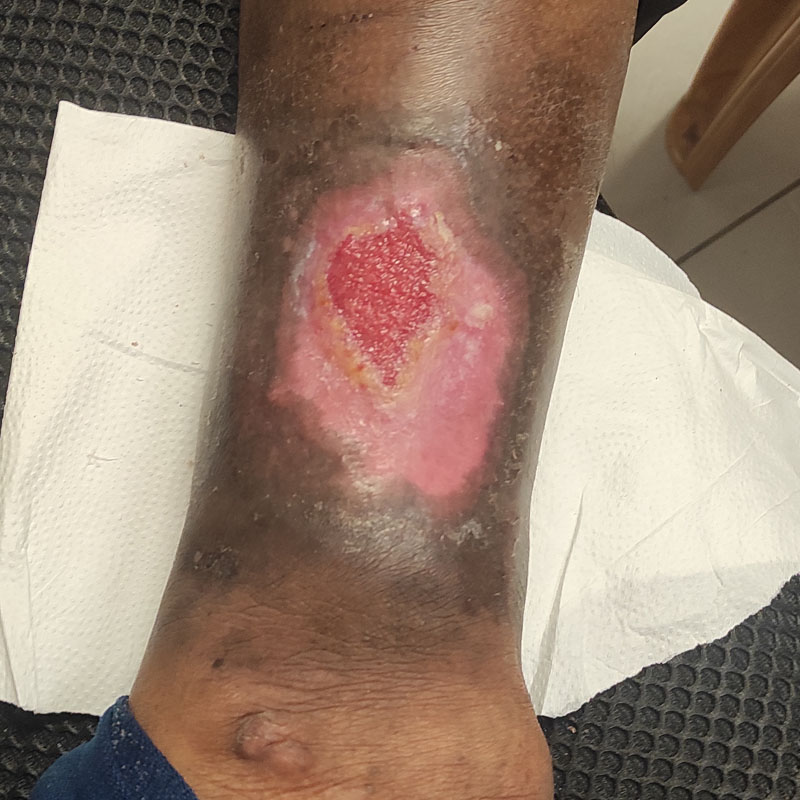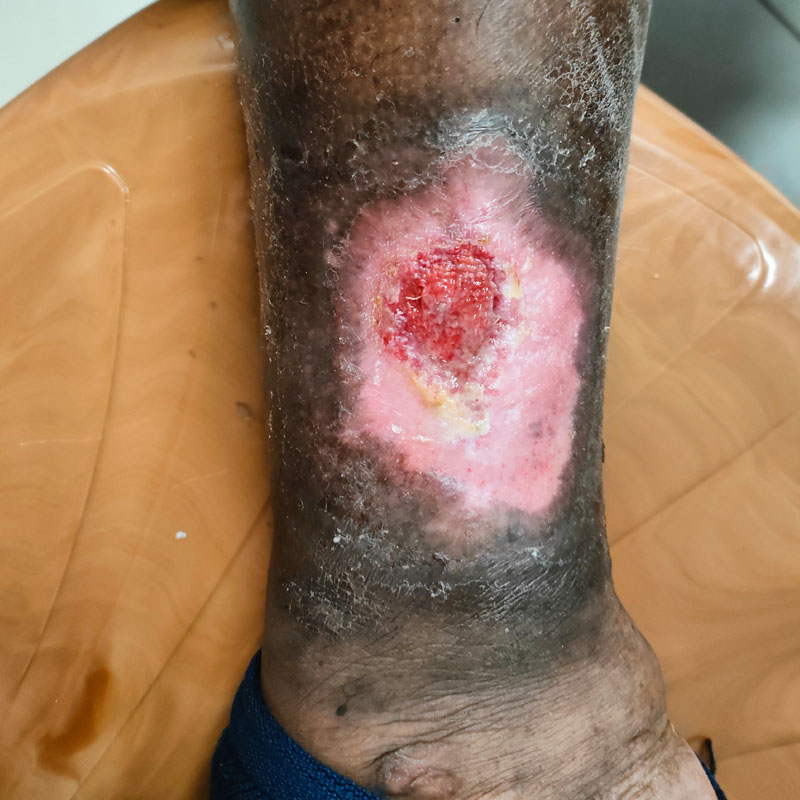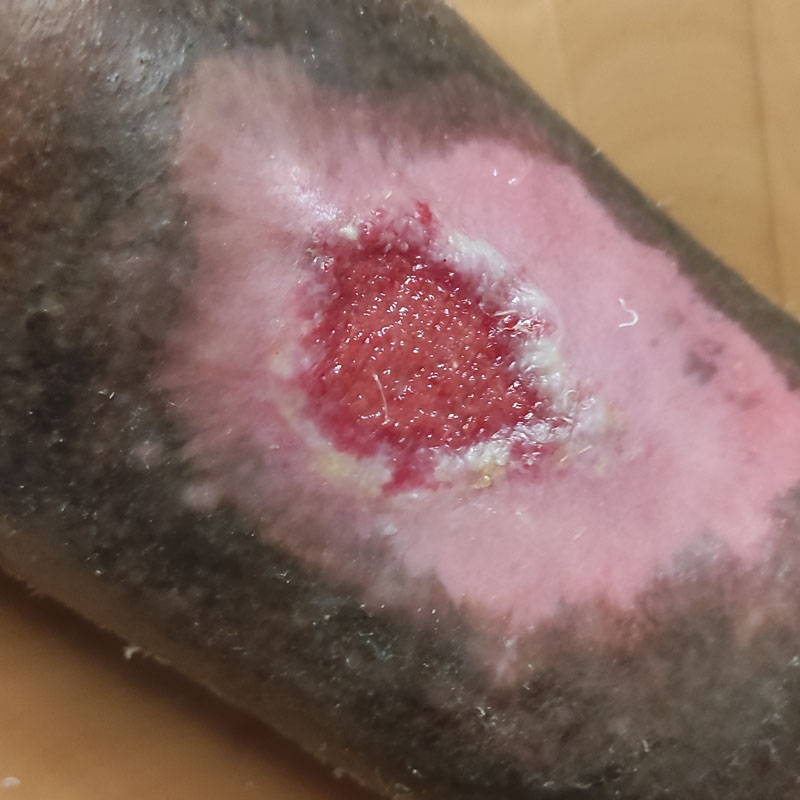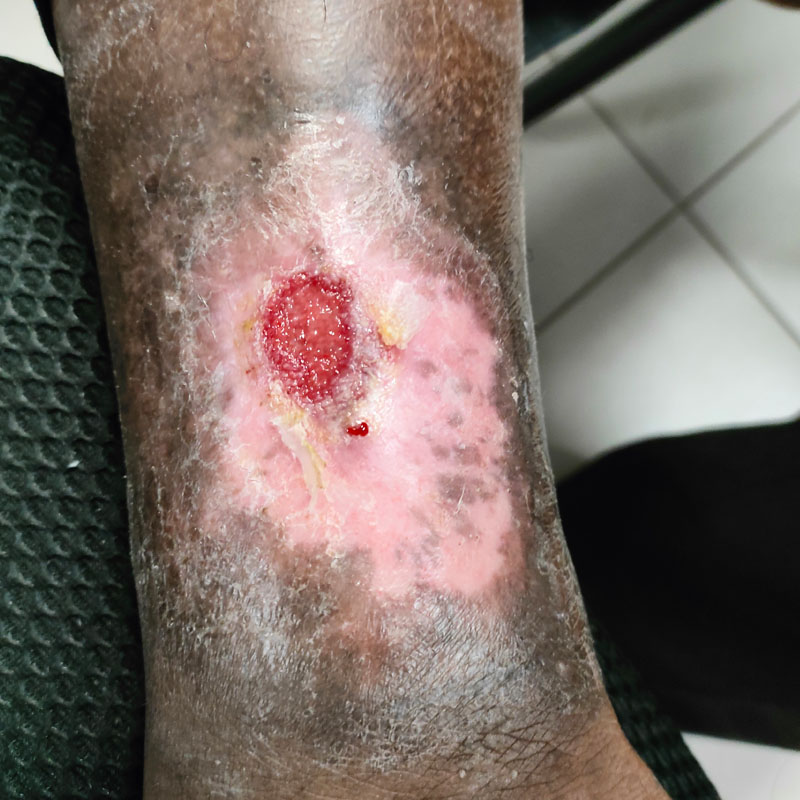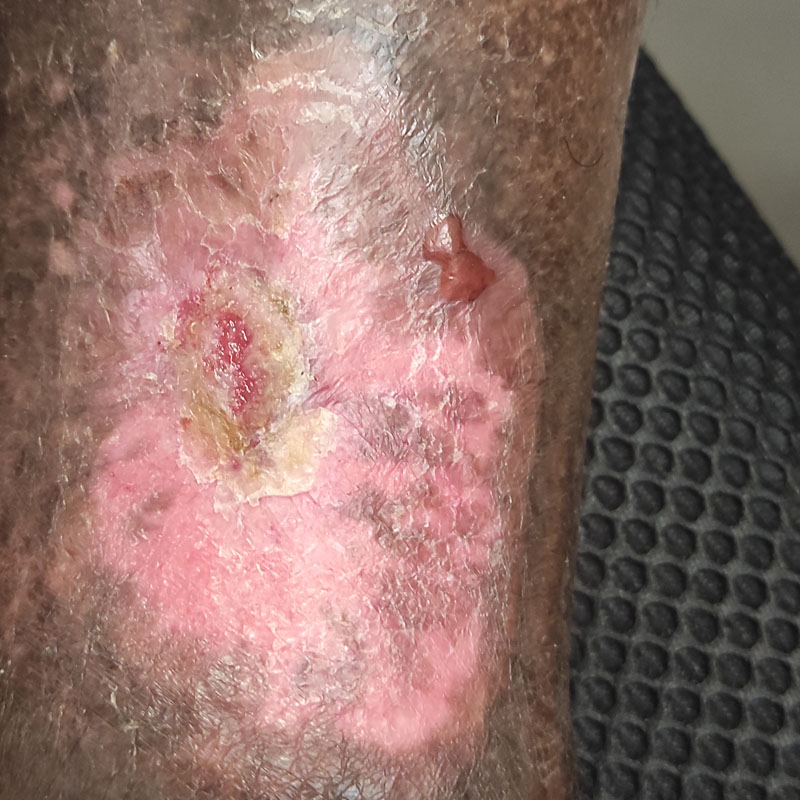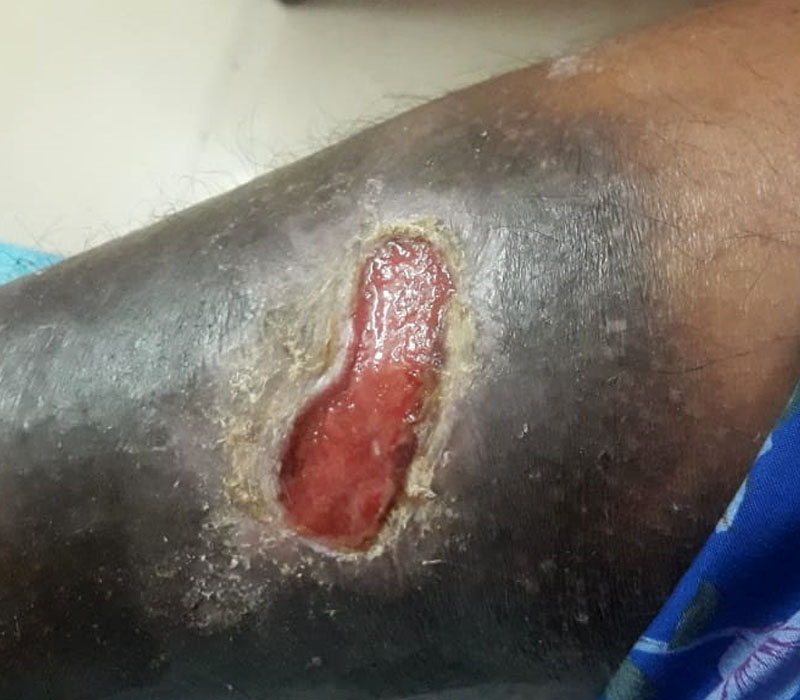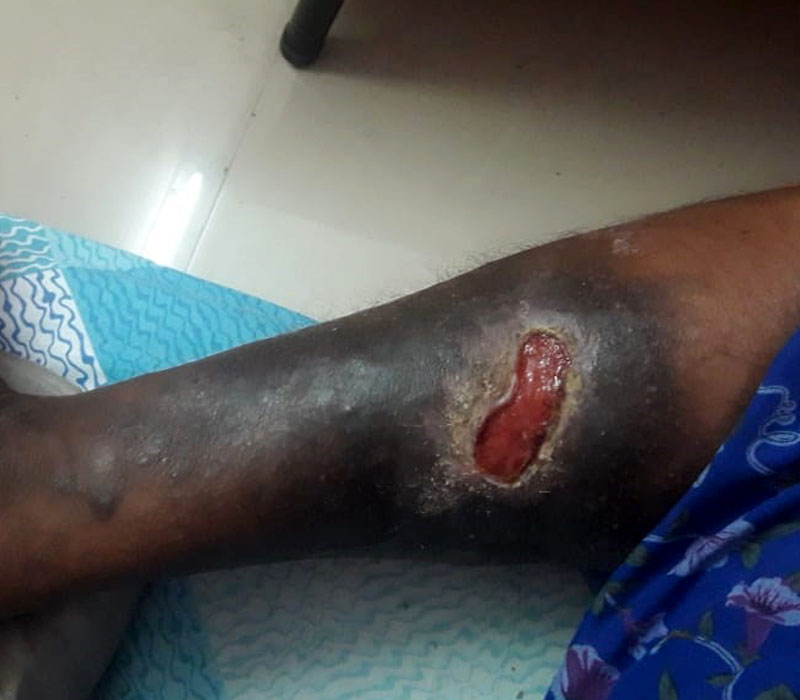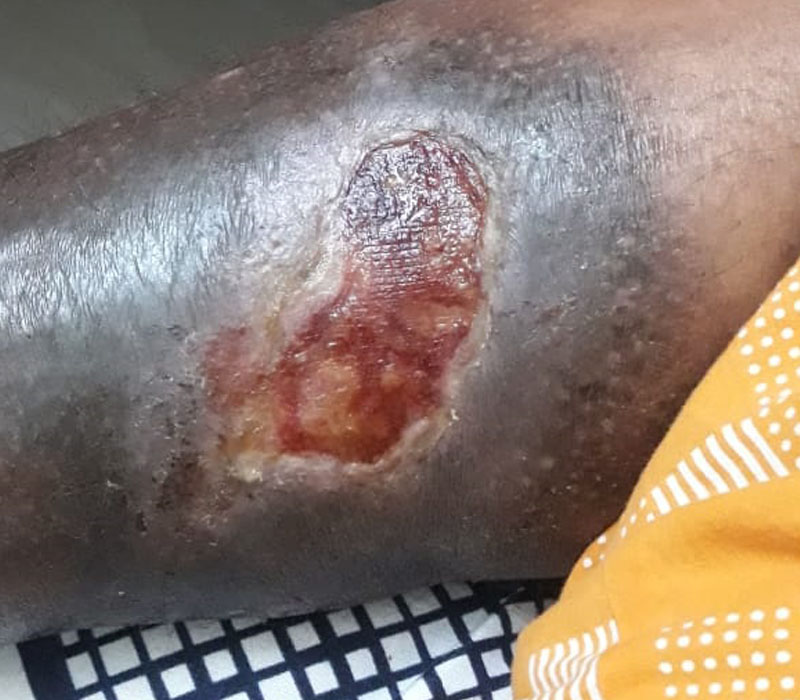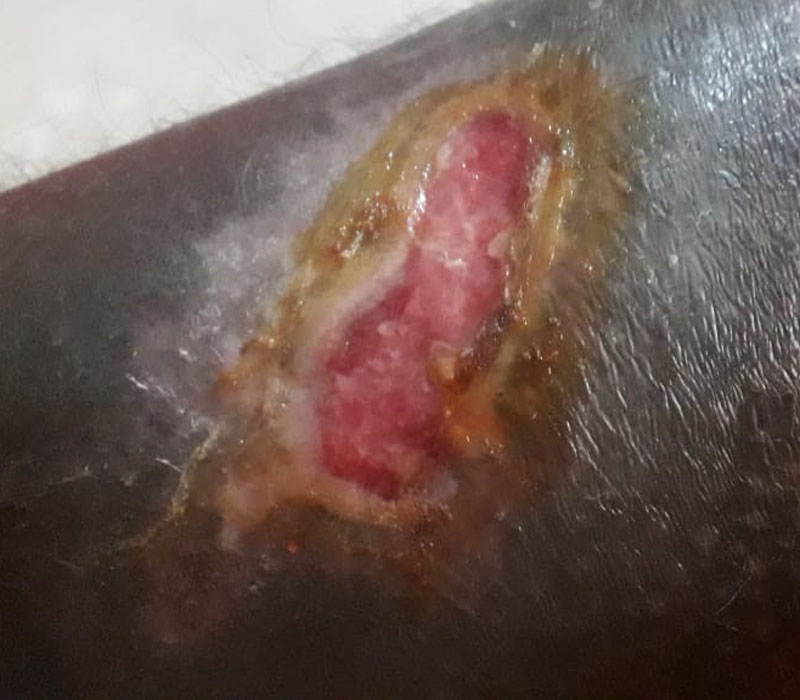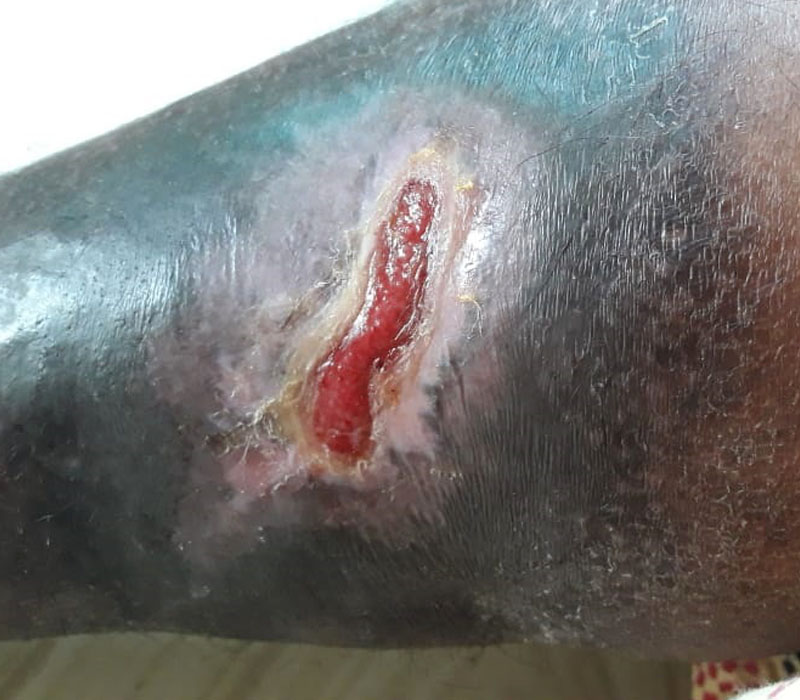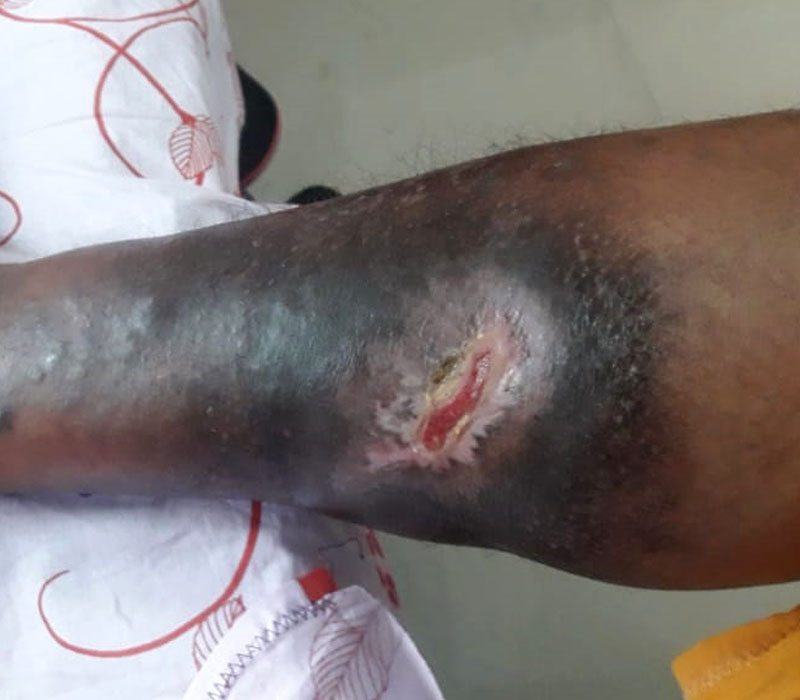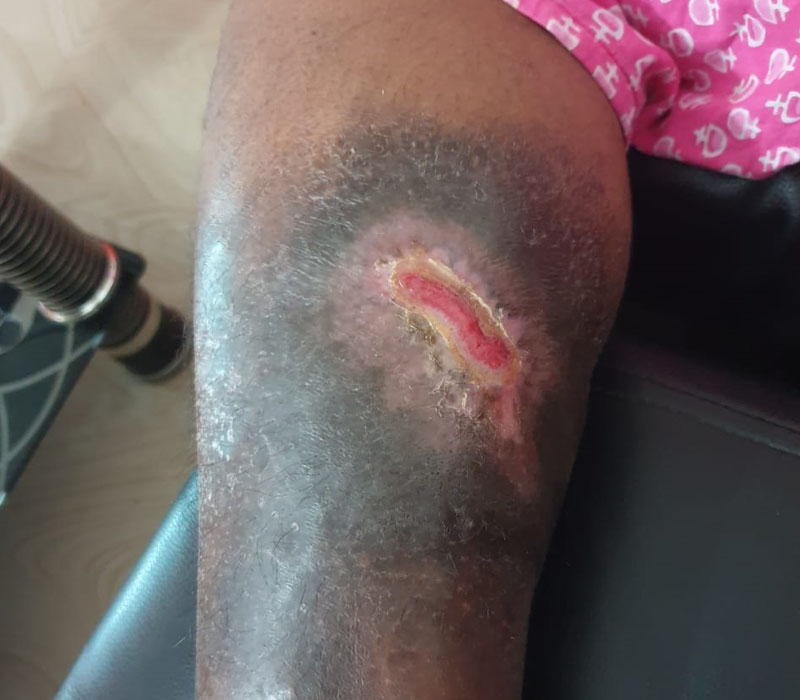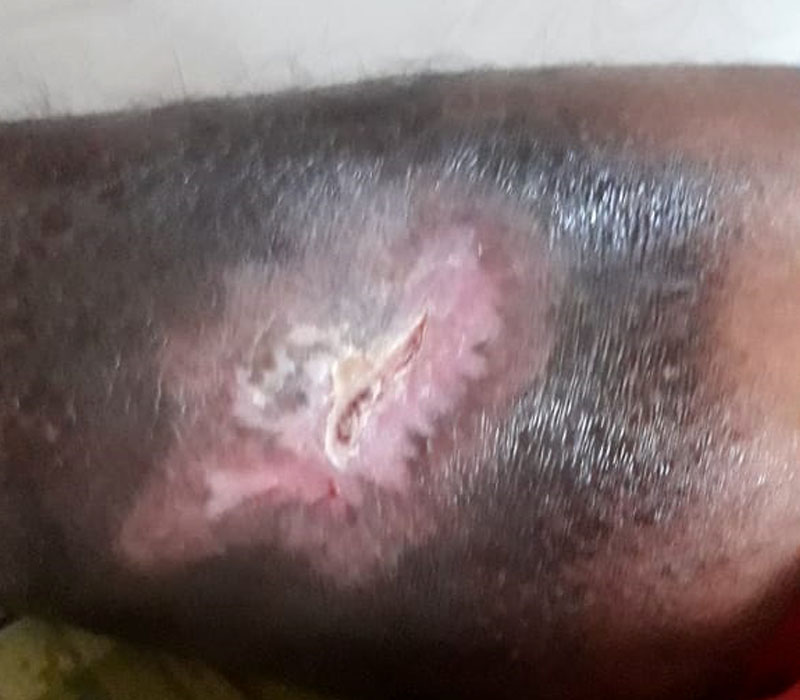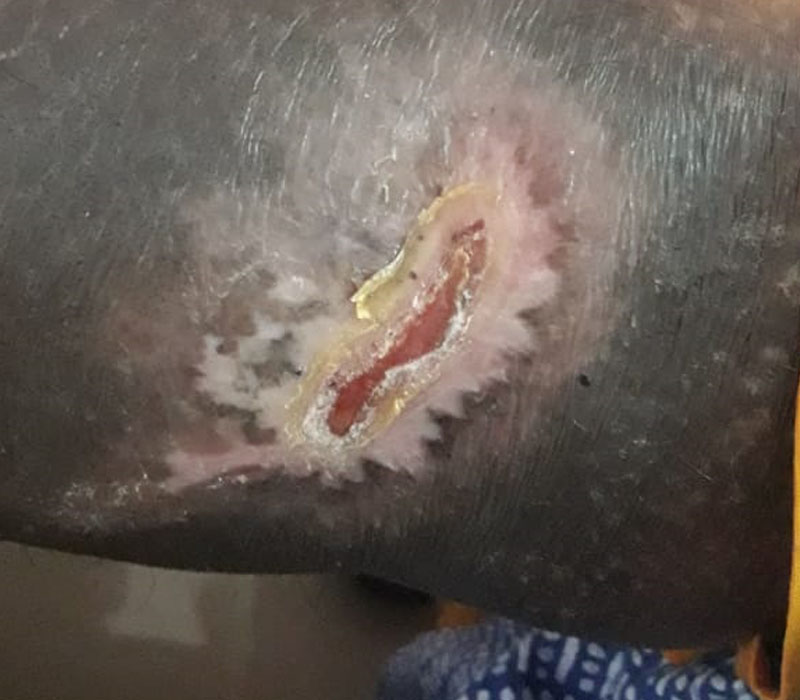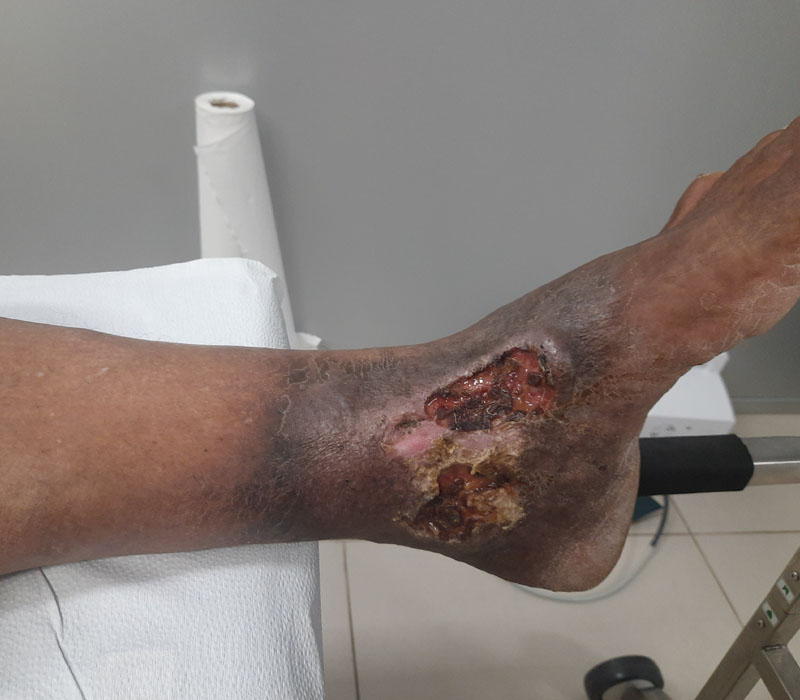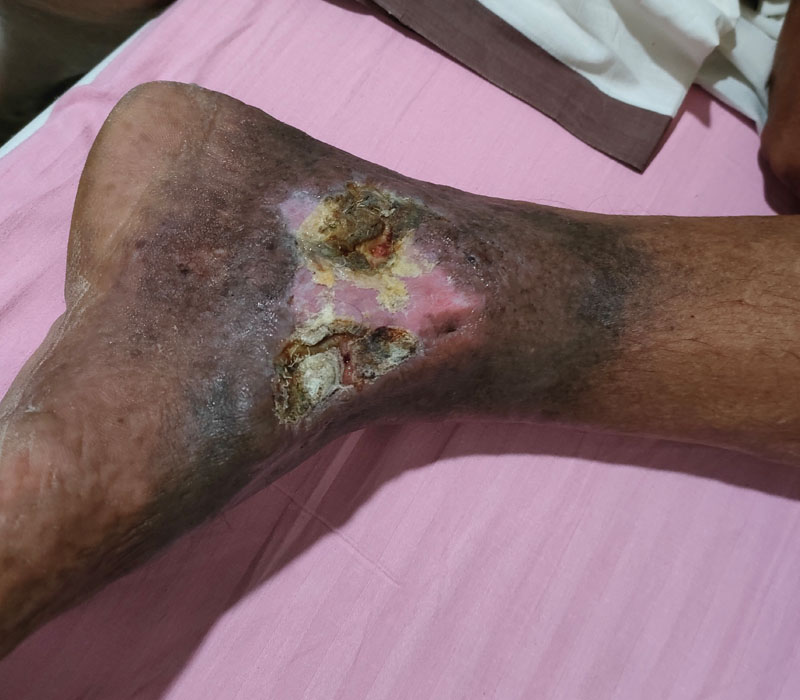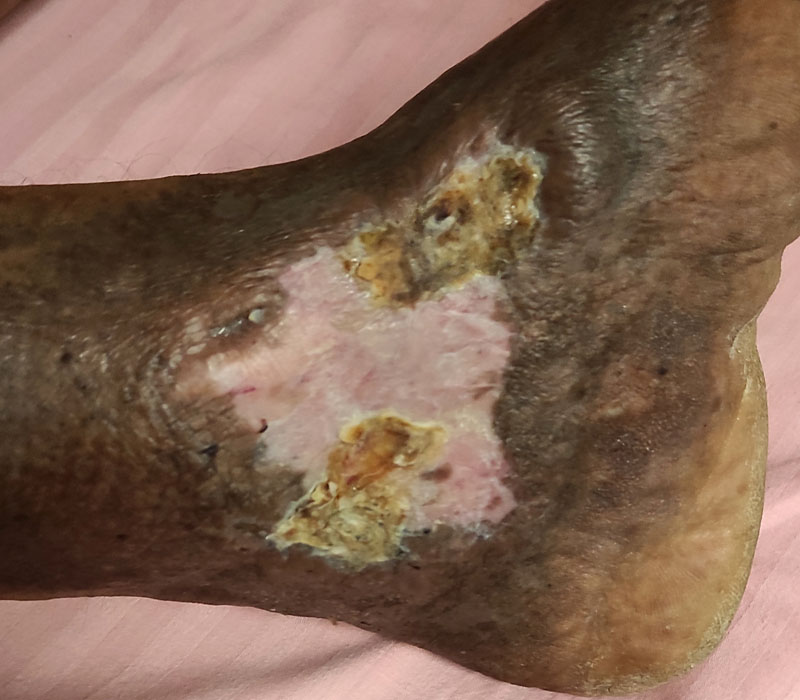HBOT for Wound Healing
Hyperbaric Oxygen Therapy (HBOT) is a cutting-edge technology that has been used for decades to revolutionize the way wounds are healed. This therapy use of pressurized oxygen to increase the healing rate and effectiveness of traditional wound care treatments. Through the increased oxygen levels, HBOT for wound healing has been proven to effectively treat countless types of wounds – such as diabetic foot ulcers, venous ulcers, pressure ulcers, burns, surgical wounds, and grafts. Furthermore, HBOT increases blood flow to the affected area which expedites cell regeneration and wound closure significantly faster than traditional wound care treatments alone. Due to hbot’s remarkable capabilities, it is generally recommended in cases where other treatments fail or don’t offer sufficient relief. Now professionals in the medical field use HBOT regularly when treating patients with chronic or difficult-to-heal wounds. By increasing tissue regeneration and improving outcomes, HBOT offers an innovative treatment option that can help heal stubborn wounds quickly with fewer complications. Take control of your health today by utilizing HBOT for wound healing!
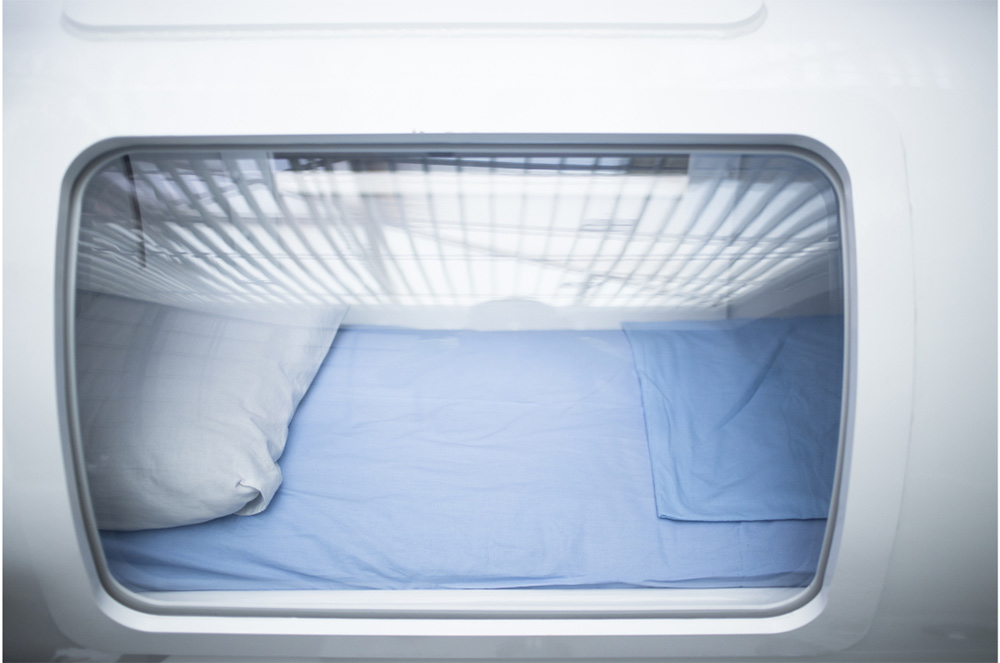
Different types of wounds

Diabetic foot

Ulcers

Burns

Bedsores

Grafts

Post-surgical wounds

Chronic wounds

Traumatic injuries

Acute necrotizing infections
How does HBOT work for wound healing?

The patient breathes high doses of Oxygen in a hyperbaric environment





In burns and radiation injuries, it releives pain, accelerates healing times and prevents sepsis
Hyperbaric Oxygen Therapy (HBOT) has rapidly increased in popularity as a treatment for wounds because of its unique mechanism of action that can promote wound healing in ways that traditional treatments cannot. These therapies involve exposing the patient to pure oxygen at pressures higher than normal air pressure. This has a triple effect on wound healing, as it works to decrease inflammation, reduce edema, and increase immune system response.
Firstly, by introducing high levels of oxygen into the tissue through HBOT, swelling and inflammation around the wound is decreased as oxygen encourages more efficient use of anti-inflammatory medications.
Secondly, HBOT prepares the tissues for potential infection return by killing off any remaining harmful micro-organisms from the area, resulting in reduced edema.
Lastly, when there is an adequate flow of oxygenated blood through the tissues this helps to increase immune system response at the wound site, aiding cells in repairing the damaged areas more quickly.
In conclusion, if used properly HBOT can provide impressive results for wound healing due to its unique mechanism of action that focuses on decreasing inflammation and edema while increasing immune system response.
PATIENT RESULTS
“ My journey of healing with Hyperbaric Oxygen Therapy (HBOT) has been an incredible experience. I’m so thankful for the amazing result, that the 7 year old non-healing wound was cured with 30 HBOT sessions. I’m happy to say that I’m now cured and back to work. Thanks to HBOT therapy! “
– Abdul Gafoor
Research Evidence
Efficacy of hyperbaric oxygen therapy for diabetic foot ulcer, a systematic review and meta-analysis of controlled clinical trials
Sharma R, Sharma SK, Mudgal SK, Jelly P, Thakur K. Efficacy of hyperbaric oxygen therapy for diabetic foot ulcer, a systematic review and meta-analysis of controlled clinical trials. Sci Rep. 2021 Jan 26;11(1):2189. doi: 10.1038/s41598-021-81886-1. PMID: 33500533; PMCID: PMC7838311.
Summary : Of 1984 study records screened, 14 studies (768 participants) including twelve RCTs, and two CCTs were included as per inclusion criteria. The results with pooled analysis have shown that HBOT was significantly effective in complete healing of diabetic foot ulcer (OR = 0.29; 95% CI 0.14-0.61; I2 = 62%) and reduction of major amputation (RR = 0.60; 95% CI 0.39-0.92; I2 = 24%). Although, it was not effective for minor amputations (RR = 0.82; 95% CI 0.34-1.97; I2 = 79%); however, less adverse events were reported in standard treatment group (RR = 1.68; 95% CI 1.07-2.65; I2 = 0%). This review provides an evidence that hyperbaric oxygen therapy is effective as an adjunct treatment measure for the diabetes foot ulcers.
Efficacy of hyperbaric oxygen therapy for diabetic foot ulcers: An updated systematic review and meta-analysis
Zhang Z, Zhang W, Xu Y, Liu D. Efficacy of hyperbaric oxygen therapy for diabetic foot ulcers: An updated systematic review and meta-analysis. Asian J Surg. 2022 Jan;45(1):68-78. doi: 10.1016/j.asjsur.2021.07.047. Epub 2021 Aug 8. PMID: 34376365.
Summary : Hyperbaric oxygen therapy increased the healing rate of diabetic foot ulcers (relative risk, 1.901; 95% CI = 1.484-2.435, p < 0.0001), shortened the healing time (MD = -19.360; 95% CI = -28.753~-9.966, p < 0.001), and reduced the incidence of major amputation (relative risk, 0.518, 95% CI = 0.323-0.830, P < 0.01). In summary, our meta-analysis confirmed that hyperbaric oxygen therapy offers great benefits in the treatment of DFU and the reduction of amputation.
Hyperbaric oxygen therapy in Plastic Surgery practice: case series and literature overview
Bassetto F, Bosco G, Brambullo T, Kohlscheen E, Tocco Tussardi I, Vindigni V, Tiengo C. Hyperbaric oxygen therapy in Plastic Surgery practice: case series and literature overview. G Chir. 2019 Jul-Aug;40(4):257-275. PMID: 32011977.
Summary : Non-healing wounds, such as diabetic and vascular insufficiency ulcers, have a major area of application, and the use of HBOT as an adjunct has been approved by several studies and trials. HBOT is also indicated for acute soft tissue infections like clostridial myonecrosis, necrotising soft tissue infections, as also for traumatic wounds, crush injury, compartment syndrome, and compromised skin grafts and flaps. Another major area of application of HBOT is radiation-induced wounds. With increasing availability of chambers and studies proving the benefits of use, HBOT should be considered as an essential part of the overall management strategy for plastic surgeons.
Adjunctive Hyperbaric Oxygen Therapy for Healing of Chronic Diabetic Foot Ulcers: A Randomized Controlled Trial
Chen CY, Wu RW, Hsu MC, Hsieh CJ, Chou MC. Adjunctive Hyperbaric Oxygen Therapy for Healing of Chronic Diabetic Foot Ulcers: A Randomized Controlled Trial. J Wound Ostomy Continence Nurs. 2017 Nov/Dec;44(6):536-545. doi: 10.1097/WON.0000000000000374. PMID: 28968346.
Summary : Complete DFU closure was achieved in 5 patients (25%) in the HBOT group (n = 20) versus 1 participant (5.5%) in the routine care group (n = 18) (P = .001). The amputation rate was 5% for the HBOT group and 11% for the routine care group (χ = 15.204, P = .010). The HBOT group showed statistically significant improvements in inflammation index, blood flow, and health-related quality of life from pretreatment to 2 weeks after the last therapy ended (P < .05). Hemoglobin A1c was significantly lower in the HBOT group following treatment (P < .05) but not in the routine care group.
Adjunctive HBOT improved wound healing in persons with DFU. Therapy also reduced the risk of amputation of the affected limb. We assert that at least 20 HBOT sessions are required to be effective.
Does hyperbaric oxygen therapy heal wounds faster?
HBOT works by increasing the pressure in the oxygen chamber and this enables the additional oxygen to travel in the bloodstream to reach injured parts of the body more efficiently. It helps promote healing at a much faster rate by encouraging angiogenesis (blood vessel formation), reducing inflammation, and improving the overall health of tissue. It has been found that HBOT can reduce healing time for wounds significantly compared to conventional treatments alone; people who have undergone HBOT for wound healing have recovered completely within weeks compared to months or years with conventional treatments.
How effective is hyperbaric oxygen therapy for wound healing?
Hyperbaric oxygen therapy (HBOT) is an effective treatment for many types of wounds. Studies have shown that HBOT works well to increase wound healing time, especially ulcers and burns, as the increased oxygen stimulates skin cell growth, collagen production, and vascularization. HBOT can also help improve wound healing in people with diabetes or problems related to poor circulation. Although HBOT isn’t a cure for all types of wounds, it can be an important factor in helping to heal them quickly and effectively.
When is hyperbaric oxygen therapy used for wounds?
Hyperbaric Oxygen Therapy (HBOT) is used as a non-invasive intervention for treating wound healing complications in many areas. It is administered when traditional wound care has not been successful, or when there is infection with contained cavities surrounded by normal tissue that can benefit from the special HBOT pressures and oxygen concentrations. The increased oxygen levels caused by HBOT assist the body’s own defense systems in healing chronic wounds faster and allow the wound to remain free of infection and healing faster with less scarring than traditional treatments could provide.
How many sessions of hyperbaric oxygen therapy may be required for wound healing?
Depending on the severity of the wound, HBOT for wound healing typically requires between 10-40 sessions. Each session involves breathing 100% oxygen in a pressurized chamber for 45-60 minutes. Most HBOT courses are also combined with other treatments such as wound care and antibiotics to accelerate healing. It’s important to consult a physician to determine the number of HBOT sessions needed for optimal results.

About Us
Useful links
HBOT for Tinnitus
HBOT for Crohn's Disease
HBOT for Fibromyalgia
HBOT for Migraine
HBOT for Chronic Fatigue
HBOT for Arthritis
HBOT for Osteoarthritis
HBOT for Vasculitis
HBOT for Venous Ulcers
HBOT for Postsurgical Wounds
HBOT for Radiotherapy
HBOT for Radiotherapy wounds
HBOT for Post-ACV
HBOT for Cerebral Palsy
HBOT for Parkinson
HBOT for Ischemic Stroke
HBOT for Peripheral Neuropathy
HBOT for Alzheimer's Disease
HBOT for Autism
HBOT for General Developmental
HBOT for Rehabilitation
HBOT for Post-Trauma
HBOT for Muscle Strain
HBOT for Herniated Disc
HBOT for Bone Necrosis
HBOT for Post-Surgical
HBOT for Post Surgical Osteomyelitis
HBOT for Sports Recovery
HBOT for Sports Injuries
HBOT for Disorder (PDD)

